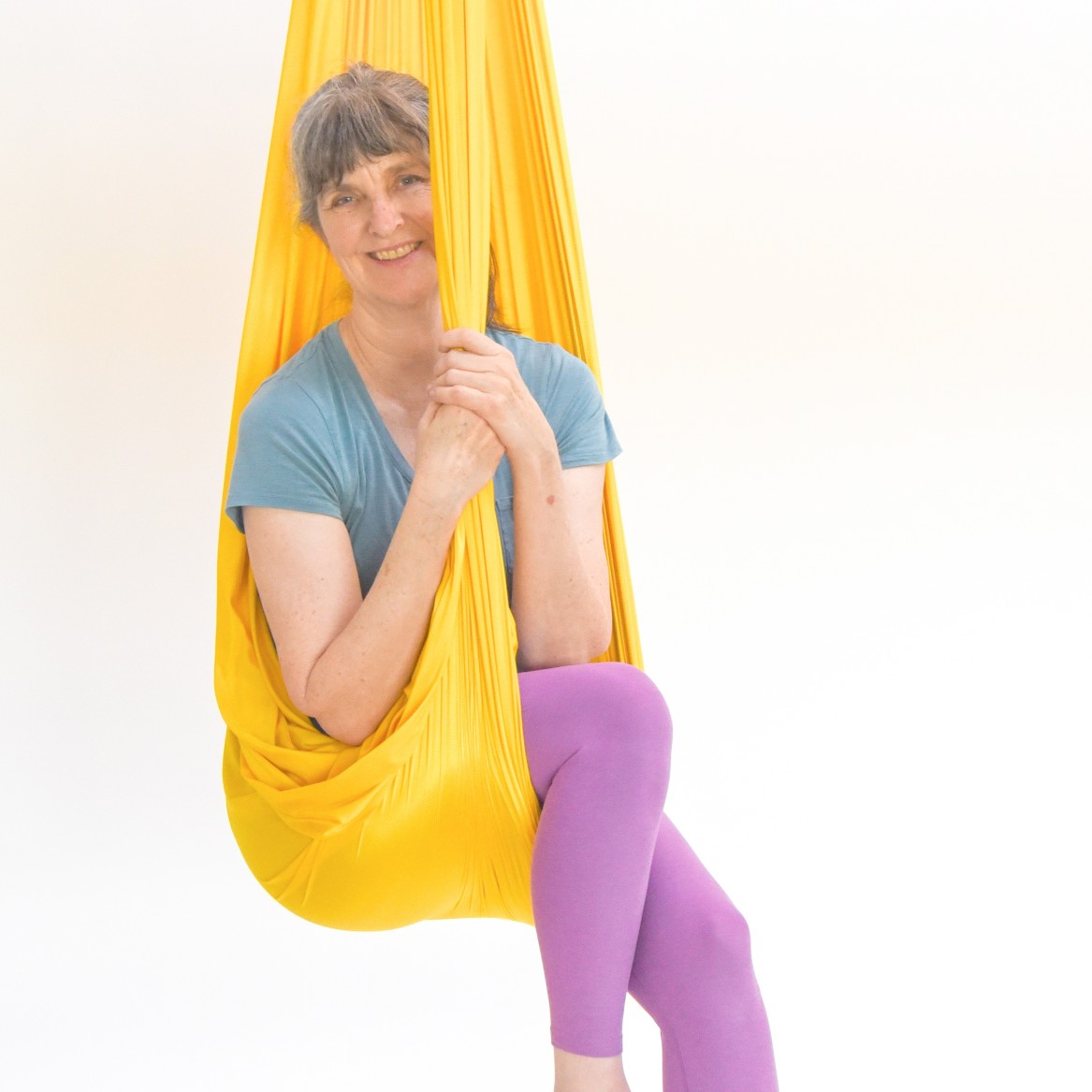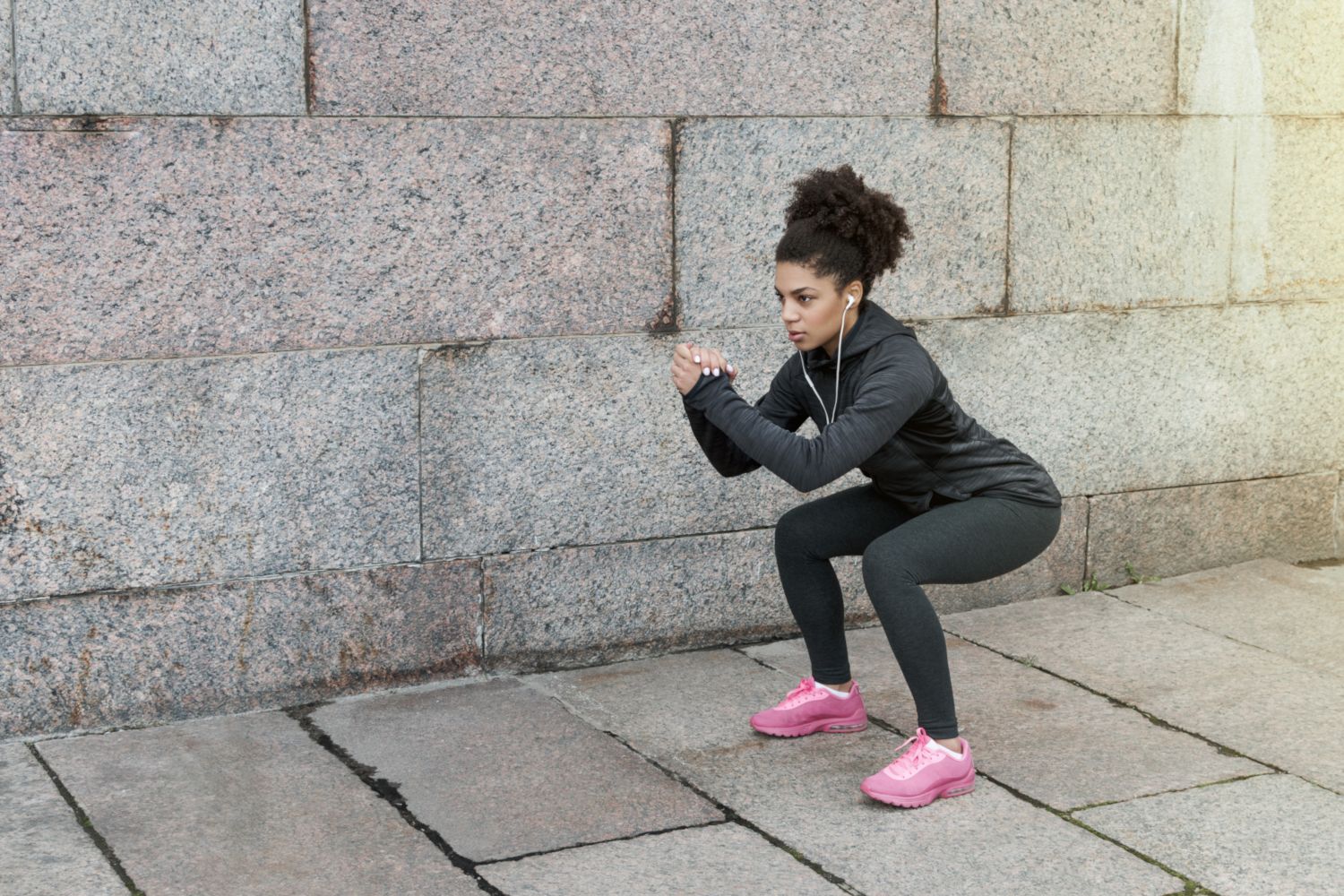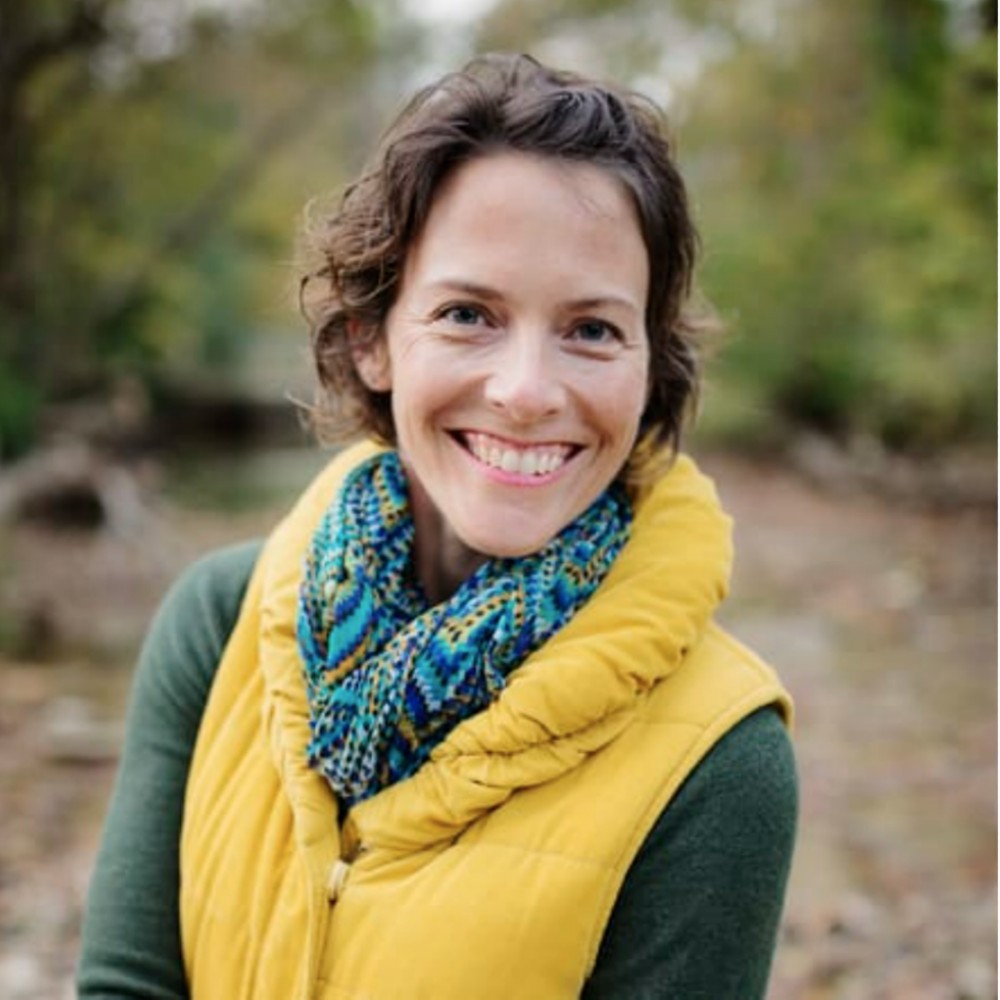Yoga for Healthy Aging is a monthly column exploring the relationship between yoga and aging. Some columns will have short practices, just as this month’s, and last month’s. Other months, we’ll delve into what it is like to be an “older” yoga student or teacher. Join me as we rewrite the story about aging.
Balance is the ability to maintain a stable position, which is essential for safely going about our daily life. We need to maintain our sense of balance when walking, reaching for something on a shelf, carrying something, or bending over. Having a sense of balance allows us to maintain an independent life, as well as participate in many of the activities that we love and that add richness to the quality of our life – the very definition of Yoga for Healthy Aging. And, of course, a good sense of balance helps prevent or minimize the effects of falling, which can be serious or even life-threatening as we age.
Dr. Loren Fishman, a medical doctor and yoga teacher, has conducted several groundbreaking, peer-reviewed studies that found bone health and bone density actually increased when clients did a daily practice of specific yoga poses. His research shows remarkable results improving the damaging effects of osteopenia and osteoporosis. As you may know, bone density is a measurement of how dense and strong our bones are. If your bone density is low compared to normal-peak density, you are said to have osteopenia. This means you have bone density that is lower than normal, but not low enough to be classified as osteoporosis, which occurs when the body loses or makes too little bone – or both. As a result, bones become weak and may break from a fall, or in serious cases, from just sneezing. Osteoporosis literally means “porous bone.”
As you may know, our mental capacity and function changes as we age. While mental activities (such as puzzles and language games) have shown a positive effect on cognition, physical movement such as yoga can be just as (or even more) important for brain health. This is because our brain is connected to everything in our body. What we do to help keep our body healthy has a direct and positive effect on our brain health, cognition, and well-being. In addition to balance – not to mention, flexibility and strength – yoga poses may also help improve cognitive ability as well.
Equanimity is the ability to face difficult and challenging situations with balance and grace. No matter how healthy we are, sometimes life throws us curve balls; how we handle these challenges is crucial. When we cultivate our equanimity, we improve our emotional stability, manage stress better, are able to better deal with both chronic and temporary pain – either of which can come with aging.
Most standing poses will help improve our balance, and the below exercise also offers you a chance to practice equanimity. For almost all balancing poses, I use and teach with lots of props; such as blocks, chairs, and the wall. Today, we will explore vrksasana, also known as “tree pose,” and various ways to be supported. Choose what works best for you.
Try this exercise:
- Start by standing with your feet hips-width apart, grounding your big toes and the outside edges of your feet. Take a few breaths. If your knees hyper-flex, makes sure that they are slightly bent.
- To help with your balance, focus on a spot on the floor, about four to six feet away. Soften your gaze. If you know you need extra support balancing, stand with your back to the wall or by a chair that you can easily use to keep yourself upright.
- Slowly start to transfer all of your weight to your right foot, and, when you feel able, lift your left foot up with your left knee pointing out toward the left.
- Options for tree pose: Bring your left foot so that the toes are on the floor and your left heel is on your right ankle. Lift your left foot so that the bottom of your foot is against the inside of your right lower leg, or bring your left foot to the inside of your right thigh. In all variations, your left knee will remain out to the left. Note: your foot should only rest above or below your knee; do not ever put pressure onto your right knee.
- Keep your gaze on one spot and take three to five breaths.
If you wobble or can’t hold the pose, that is okay. Keep trying. Work your way up to three to five breaths per side, then see if you can hold the posture longer. Play with the balancing pose while practicing equanimity. (FYI: Learning tree pose requires a sense of humor!)
















